Expansion of Quantum Computing
The burgeoning field of quantum computing is poised to be a transformative force for the Superconducting Materials Market. Superconducting qubits, which utilize superconducting materials, are at the forefront of quantum computing technology. As major tech companies invest heavily in quantum research, the demand for superconducting materials is expected to surge. The quantum computing market is projected to reach 65 billion USD by 2030, indicating a substantial opportunity for superconducting materials. This expansion suggests that advancements in quantum technologies will likely create new avenues for growth within the superconducting materials sector.
Rising Demand for Energy Efficiency
The increasing emphasis on energy efficiency across various sectors appears to be a primary driver for the Superconducting Materials Market. As industries strive to reduce energy consumption and operational costs, superconducting materials, known for their ability to conduct electricity without resistance, are gaining traction. The market for superconducting materials is projected to reach approximately 10 billion USD by 2026, driven by their applications in power transmission and magnetic levitation. This trend indicates a growing recognition of the potential of superconducting materials to enhance energy efficiency, thereby propelling the market forward.
Increased Investment in Renewable Energy
The shift towards renewable energy sources is likely to drive the Superconducting Materials Market as these materials play a crucial role in enhancing the efficiency of energy systems. Superconducting materials are utilized in wind turbines and solar energy systems to improve energy transmission and storage. With investments in renewable energy projected to exceed 2 trillion USD by 2030, the demand for superconducting materials is expected to rise correspondingly. This trend indicates a growing recognition of the role superconducting materials can play in achieving sustainable energy solutions, thereby fostering market growth.
Advancements in Medical Imaging Technologies
Innovations in medical imaging technologies, particularly MRI systems, are likely to significantly influence the Superconducting Materials Market. Superconducting materials are essential for the development of high-field MRI machines, which provide clearer images and faster scanning times. The market for MRI systems is expected to grow at a compound annual growth rate of around 5% over the next few years, suggesting a robust demand for superconducting materials. As healthcare providers seek to improve diagnostic capabilities, the reliance on superconducting materials in medical imaging is anticipated to expand, thereby driving market growth.
Development of High-Temperature Superconductors
The ongoing research and development of high-temperature superconductors (HTS) is anticipated to significantly impact the Superconducting Materials Market. HTS materials, which operate at higher temperatures than traditional superconductors, offer enhanced performance and broader application potential. The market for HTS is expected to grow at a compound annual growth rate of around 10% over the next five years, driven by their applications in power grids and transportation. This development suggests that advancements in HTS technology will likely open new markets and applications, further propelling the growth of the superconducting materials sector.
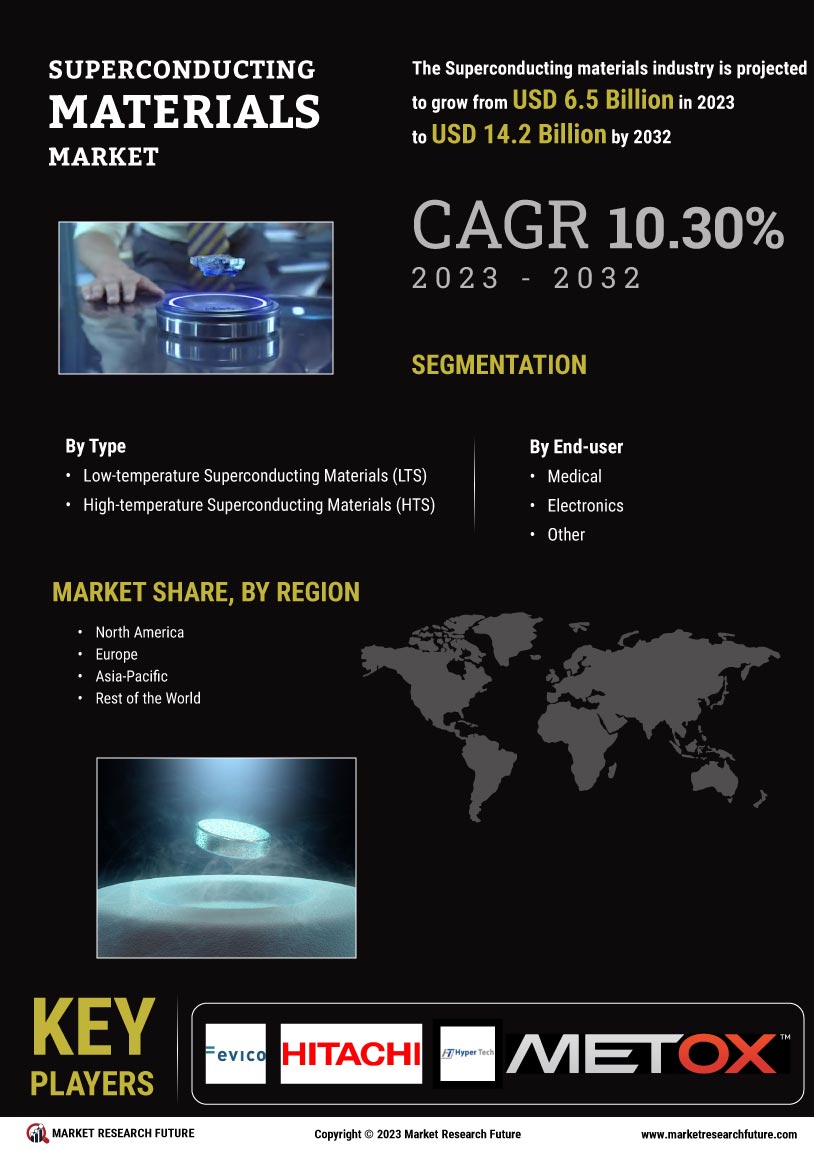

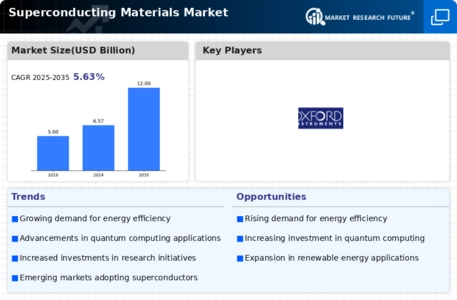
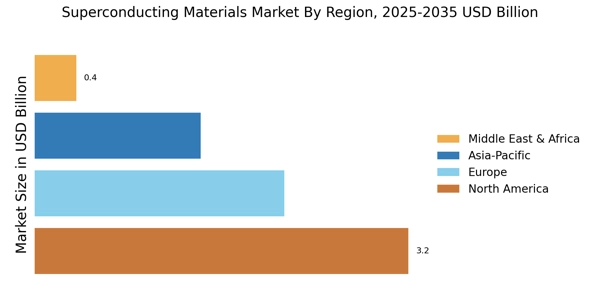


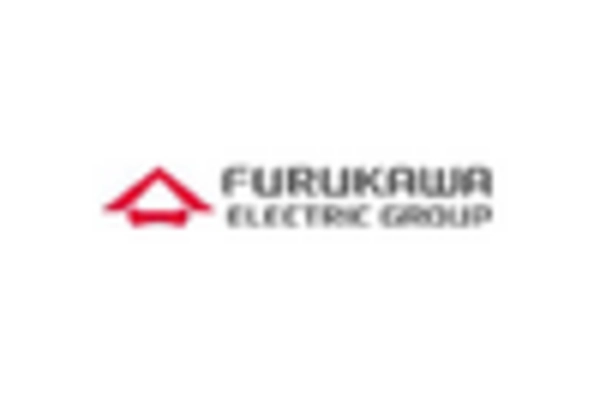

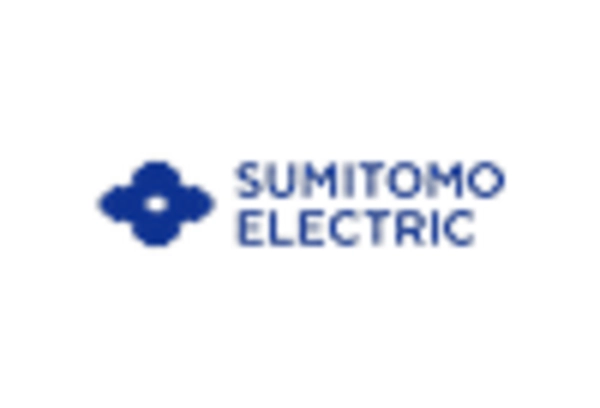
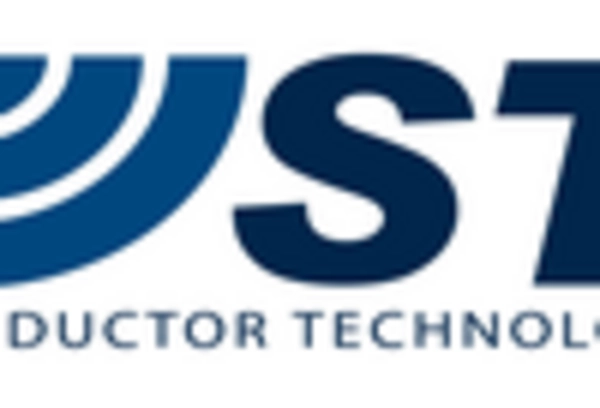








Leave a Comment